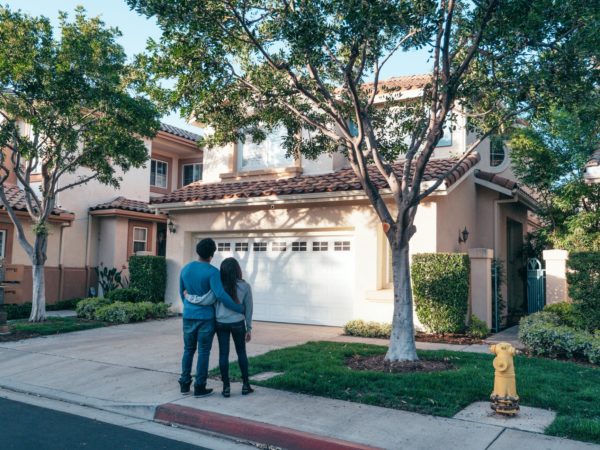Appraisers are more likely to value a home below the contract price in Black and Latino communities, compared to white neighborhoods, according to a study by mortgage loan company Freddie Mac.
For the study, researchers defined neighborhoods as either Black or Latino when the population made up at least 50 percent of the demographic. The community was flagged white if the share of minorities was less than 50 percent.

Data for more than 12 million appraisals for purchase transactions submitted to Freddie Mac from January 1, 2015, to December 31, 2020, shows that properties in Black and Latino tracts receive appraisal values lower than the contract price more often than those in White tracts.
According to researchers, appraisals falling below the contracted sale price could mean “families might miss out on the full wealth-building benefits of homeownership or may be unable to get the financing needed to achieve the American Dream in the first place.”
Appraisal valuations gaps grow more pronounced when the percentage of minorities is higher, the study shows. Appraisals in the communities more than 80 percent Black were lower than the contract price 13.3 percent of the time, compared to 7.4 percent in white communities.
The study also showed that it’s not just a few appraisers who are perpetuating the gap in valuation, but that a “large portion” of appraisers are responsible for generating the gaps. “These results suggest that a large portion of appraisers who performed enough appraisals in both Black and White tracts exhibit statistically significant Black versus White gaps,” the study says.
One explanation for the appraisal gap offered by researchers include differences in the choice of comps.
The average distance between a subject property and its comps was shorter when the property was in a Black or Latino neighborhood compared to a white neighborhood. The pattern was consistent across urban and suburban areas. Appraisals for properties in Black and Latino communities were also slightly closer to the lower end of the comp range.
In addition, there was more variation in the sales price of comps used in appraisals for properties in Black tracts than White tracts.
“It’s going to force the [appraisal] industry to really reckon with its members and reckon with racism,” Brookings senior fellow Andre Perry told CBS MoneyWatch. “If you have an authority like Freddie issuing this report, there should be some type of follow-up and guidance on how to hold people accountable.”
Cases of home valuations increasing when Blackness was removed from the equation have been persistent. A California couple saw their home value increase by $500,000 early this year after a white woman stood in for them.
Homeowner Paul Austin called what happened a “slap in the face.”
In another example, this spring, Carlette Duffy, a Black Indianapolis woman, filed a complaint in conjunction with the Fair Housing Center of Central Indiana after her home valuation jumped by $100,000 when she removed Black identifiers from her home and had a white friend sit in for her during the appraisal.
“Only when I removed myself did I increase the value,” Duffy said. “So I’m being seen as the object of devaluation in my home, and that part hurts. That’s the part that’s hard to get over.”


